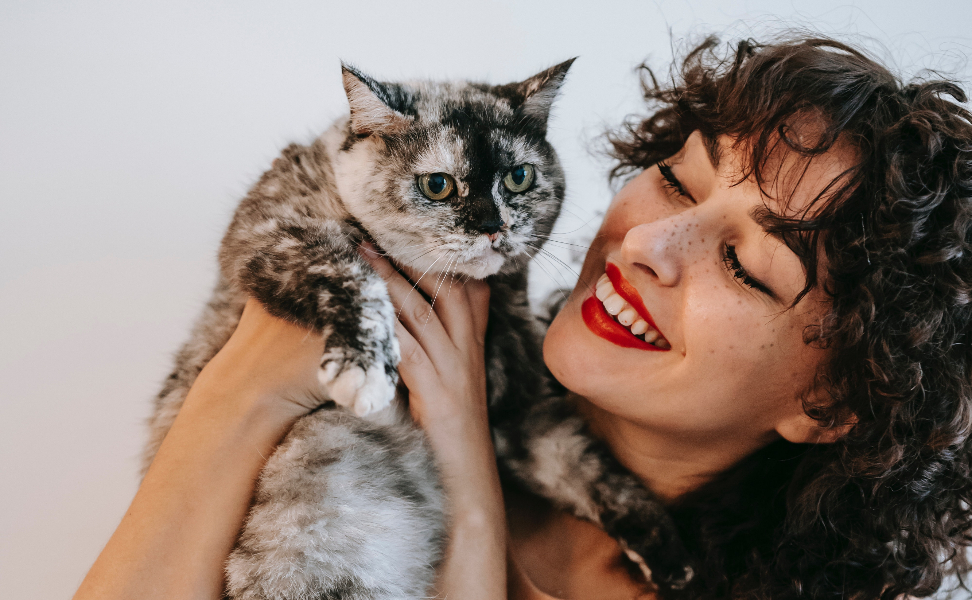Cute and Smart: Do you know how cats manipulate you?

Anyone who has kept a cat at home has heard how their pet meows, trying to communicate something with its owner, to let it know that it is time for a meal or to ask for help from him. Many assume that cats "talk" to each other through meowing, thus including us in their social circle. But the detailed analysis of the behavior of a group of cats, who live in the south of England and who do not live with an owner - but freely, showed that cats rarely meow among themselves, writes "Guardian".
Does the discovery that cats do not meow among themselves indicate that they developed the ability to meow over the past several thousand years as part of the domestication process? Scientists say - no. All small species of wild cats meow. The domestic cat has modified this sound, making it shorter, higher pitched and more pleasing to our ears. Researchers suggest that humans have an innate tendency to loud noises and that cats have adapted to it.
Scientists from the University of Sussex have shown that when domestic cats want something (usually food), they purr persistently, which has some phonological similarity to the cry of a human baby.
Other types of small cats also purr. So this is probably another example of an existing trait that is cleverly adapted to manipulate us.

However, there is a behavior that is almost unique to domestic cats. Well, that's why it's supposed to be a trait acquired during domestication. However, she is not only directed at humans, but also at other cats.
Domestic cats use a signal called a "mast" (raised tail) when communicating with each other and with humans. A straight tail means: "I come in peace" or "I'm glad to see you."
This is an indication that these animals want a friendly relationship, and other cats also reciprocate with a "vertical salute" to show that they are in the mood for companionship.
The fact that cats use their tails to signal good intentions to us humans is a great honor, indicating that we have acquired "honorary status."
Only one other species of cat uses its tail in a similar way. Surprisingly, it is the "king of the jungle" – the lion. When greeting, lions raise their tails, although more in a curved semicircle than straight.

How do two such different cats react the same way? Lions are known as the only truly social species of wild cat, living in packs of up to 20 members. Females are especially known for their sociability: they groom, play, lie next to each other, even take care of their cubs and hunt together.
Domestic cats are thought to be like other cats: lonely, withdrawn and antisocial. But that is not always the case. Cats that do not have an owner and live in groups, these groups are composed mainly of related females. Like lions, cats are extremely social, even serving each other as midwives during childbirth, but like lions, they are not friendly to members of other groups.
This similar social structure is what explains the independent evolution of tail signaling in cats and lions. When interactions are common, a way to indicate friendly intentions is needed, and what better than a tail – visible from a distance and not used for other purposes?
So why do we think of domestic cats as loners? Let us recall that groups of lions and domestic cats consist of female relatives. But when we add more cats to the home, they usually come at different times and come from different families. Well, it's no surprise that they don't agree with each other. Although it is not impossible for two unrelated cats to develop a friendly relationship, a better approach is to bring cats from the same litter into the house together.
The domestic cat may not have evolved much from the African wildcat, but the changes that have occurred to it have created a pet that is friendly but also capable of manipulating us.


